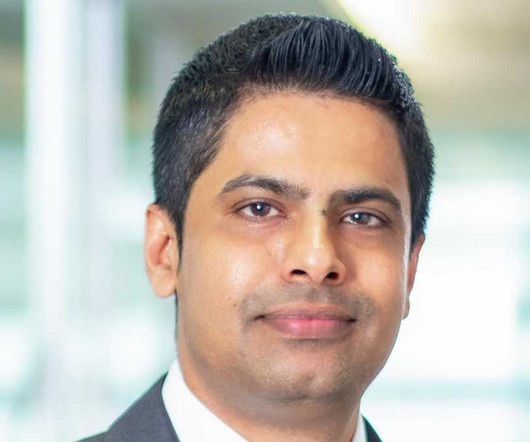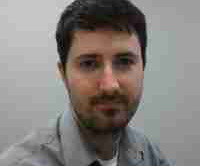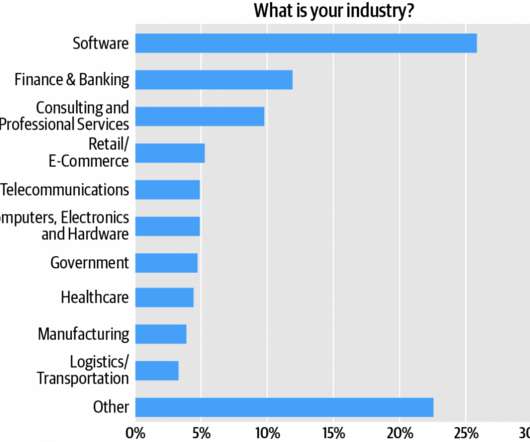Unlocking the Power of AI with a Real-Time Data Strategy
CIO
FEBRUARY 14, 2023
Titanium Intelligent Solutions, a global SaaS IoT organization, even saved one customer over 15% in energy costs across 50 distribution centers , thanks in large part to AI. With organizations looking for increasingly sophisticated ways to employ AI capabilities, data becomes the foundational energy source for such technology.


















Let's personalize your content